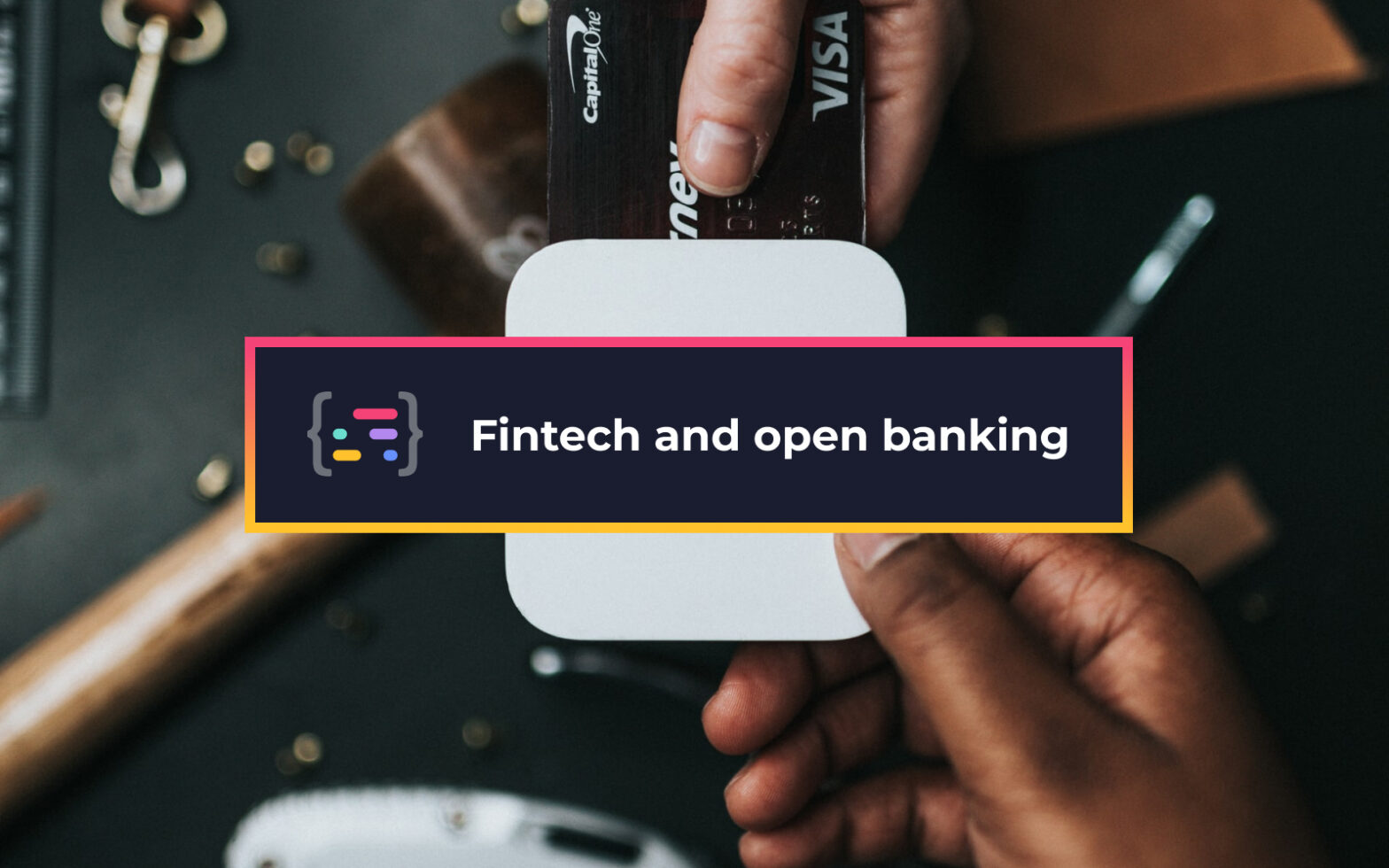Financial inclusion is gaining momentum around the world and Latin America is emerging as a hotspot. In this article we look at some of the biggest challenges and opportunities for financial inclusion in Mexico with a special focus on the technology that can help close the gaps.
The state of financial inclusion in Mexico
The Mexican government has put a huge emphasis on improving financial inclusion and the results are starting to show. According to the World Bank, financial inclusion in Mexico has come a long way since 2016. In the last 5 years, over $200 million USD in loans were awarded, mostly to people in rural and underserved communities. Over 80% of these loans went to women. In total, over 140,000 businesses received loans. However, financial inclusion continues to be a challenge in Mexico for several reasons. Latin American banks have one of the highest profit margins in the world. The majority of their services go to wealthy people in the top twenty percentile income. They are not incentivized to serve the lower income brackets. That’s why Mexico stepped up to lead the charge in Latin America against income inequality with its Fintech Law of 2018. Leveraging this Fintech Law, Syncfy sits at the intersection of traditional and decentralized finance in order to improve financial inclusion to historically underserved communities by helping provide access to a range of digital financial services.
Digitization can positively impact millions of lives
Underserved communities are deprived from the funding that they need to grow and flourish. Abundance should be within reach for anyone who is willing to work hard and avoid doing harm to others. Financial inclusion can help bring about abundance. Access to credit can lift people out of poverty and give them a chance to grow their livelihoods. Growing wealth improves access to healthcare, builds income security, facilitates family planning, and delivers many other benefits and services.
One way to boost financial inclusion is to offer financial products like bank accounts and credit cards to people through their existing smartphone service. Mexico’s smartphone adoption was 65% in 2019 and projected to grow to 75% in 2025, but only 37% of adults over 15 years old have a bank account. That’s a difference of 28% of the population, or 36.1 million people. This is a tremendous opportunity.
How can traditional banks contribute?
There is still much progress to be made toward greater financial inclusion, but the groundwork was set for a major shift in 2018 with the Mexican Fintech Law. Banks are now forced to share data with registered fintech companies, enabling many new opportunities, but this is not enough. In fact, this is only the beginning of what banks can do to improve access to financial services for historically underprivileged communities. The path to creating and using a bank account on mobile phones needs to be easier, but this can only be done with robust KYC and supporting information. At the core of this effort is the need to reeducate members of rural communities on the benefits of using electronic money. Although people generally trust cash, inclusion in the banking system gives them access. to a whole host of other financial services, like credit, savings, and more. Major banks should set aside some of their profits for an “innovation department” dedicated to changing rural community perceptions of electronic money.
Physical money or electronic money?
Cash has always been regarded as a dirty item, so it should come as no surprise that the COVID-19 pandemic accelerated the shift away from cash transactions. It is simply much more convenient to store and spend electronic money from your smart phone and credit card than it is to carry or store cash. Cash is also tied to corruption and illegal activities. Electronic money offers more benefits than just being disease free and convenient. Traditionally, people who store their money in bank savings accounts can grow their money by earning interest on their deposits. However, low interest rates have decreased the attractiveness of holding money in a savings account. However, with the rise of new types of electronic money like cryptocurrency, regular consumers have new opportunities to earn significant interest on their deposits. Liquidity pools, staking, yield farms, and crypto lending products can yield 5% to 10% interest deposited assets. Needless to say, this is far superior to storing cash under the mattress. It’s only a matter of time until people realize that their electronic money can actually work for them.
New technology for business digitization and financial inclusion
Liquidity pools could be an attractive way for people to start saving money because they deliver higher yield than the rate of inflation. Mobile money is already playing a significantly bigger role in how people do business around the world, not just in Mexico. Technology like the SPEI will only accelerate this trend. Financial APIs will enable a new generation of fintech companies to offer digital banking services to any community with a cell phone signal. The SAT, Mexico’s tax authority, has implemented a new financial reform that requires connectivity to banks and the government at the same time. All of these developments are paving the way for greater financial inclusion.
Syncfy is building the tools to speed up the process of financial inclusion. Our Connect API brings together data from banks, credit cards, utilities, and payment providers as well as digital wallets, crypto exchanges, and blockchains. Syncfy’s Fiscal API connects directly to the SAT and other LATAM tax authorities for access to invoices and fiscal reports. These products are the building blocks for innovative new products that enable members of rural communities to quickly open bank accounts over their phones, get access to credit, file their taxes seamlessly, and even access futuristic cryptocurrency products. Syncfy’s tech aims to be the foundational layer that supports the coming wave of financial inclusion.

